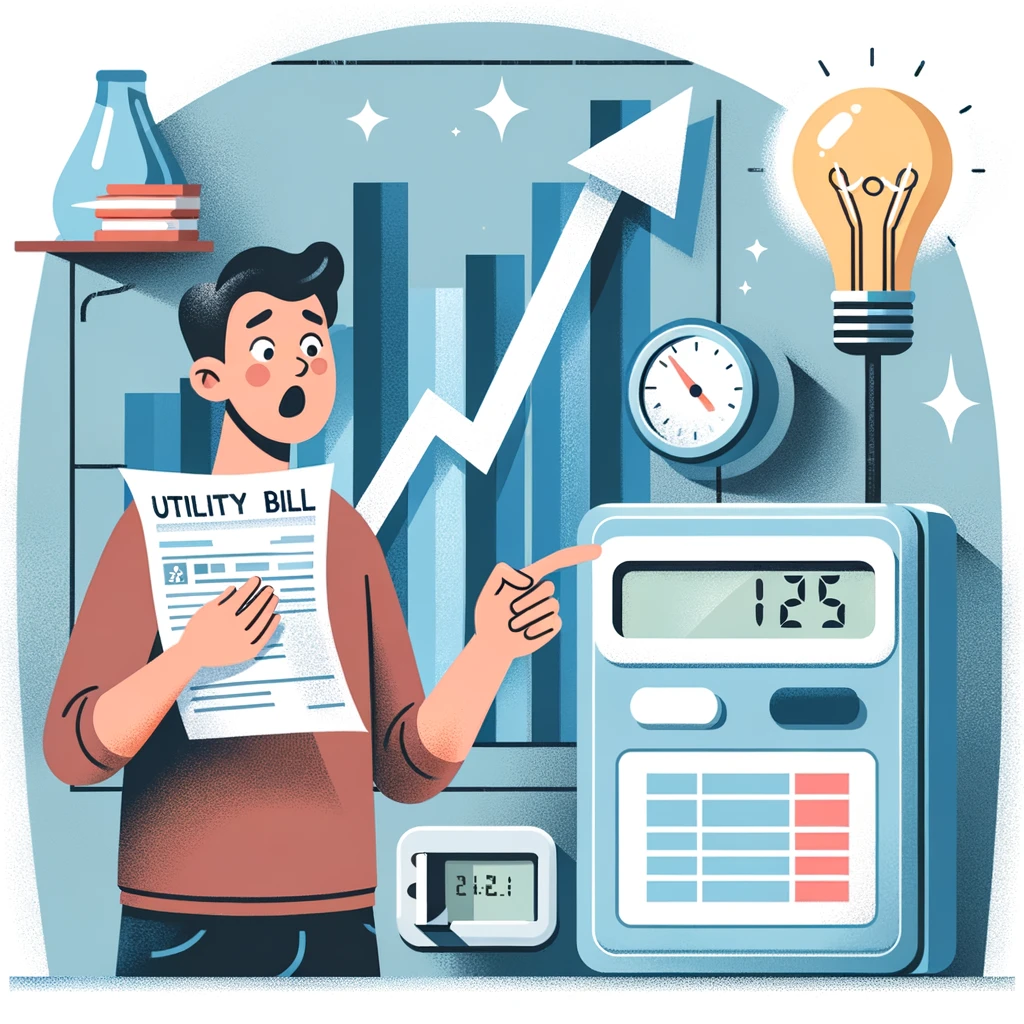Illinois 2024 utility electricity projections

Illinois 2024 electricity projections
Here is a list of major electric utility companies serving Illinois with 2024 electricity projections.
ComEd (Commonwealth Edison)
Electricity rates for ComEd are projected to increase for the remainder of 2024 due to rising energy procurement costs and infrastructure investments. The outlook indicates a modest hike in pricing to ensure reliable service and to support the integration of renewable energy sources.
Ameren Illinois
Ameren Illinois customers may also see an uptick in electricity rates throughout 2024. The rate adjustments are driven by the need to upgrade aging infrastructure, enhance grid reliability, and incorporate new technologies to support renewable energy initiatives.
MidAmerican Energy Company
MidAmerican Energy is expected to keep its rates relatively stable in 2024, with only slight adjustments anticipated. The company's ongoing investments in renewable energy projects, especially wind energy, help mitigate significant rate increases despite fluctuating energy market conditions.
Illinois Municipal Electric Agency (IMEA)
Electricity rates for IMEA members are likely to remain steady for the rest of 2024. The cooperative's diverse energy portfolio and long-term contracts help cushion against market volatility, although minor rate changes could occur based on specific municipal needs and energy demands.
City of Naperville Electric Utility
The City of Naperville Electric Utility anticipates stable electricity rates through 2024. Ongoing energy efficiency programs and careful resource management contribute to maintaining consistent pricing, with only minimal rate adjustments expected to reflect operational costs.
Springfield City Water, Light & Power (CWLP)
CWLP customers might experience slight increases in electricity rates during 2024. These adjustments will help cover costs associated with maintaining and upgrading the power infrastructure, ensuring continued reliability and supporting the city's sustainability goals.
Southern Illinois Power Cooperative (SIPC)
SIPC is projected to keep electricity rates relatively stable with minor increases possible in 2024. The cooperative's strategic planning and investment in efficient power generation and transmission systems aid in mitigating significant rate fluctuations.
Eastern Illini Electric Cooperative
Eastern Illini Electric Cooperative expects a modest rise in electricity rates for the rest of 2024. The increase is necessary to support infrastructure improvements and enhance service reliability across its service area.
Jo-Carroll Energy
Jo-Carroll Energy customers may see a slight increase in electricity rates in 2024. The cooperative's ongoing efforts to modernize the grid and integrate renewable energy sources contribute to these rate adjustments, aiming to provide reliable and sustainable power.
Rock Energy Cooperative
Rock Energy Cooperative anticipates stable electricity rates with potential minor adjustments in 2024. The cooperative's focus on efficiency and renewable energy projects helps maintain cost-effective service while addressing the needs of its members.
These companies provide electric services to various regions across Illinois, from large urban centers to rural areas.
The increase in utility rates in Illinois can be attributed to several key factors:
Infrastructure Upgrades
Many utilities are investing heavily in upgrading and modernizing their infrastructure. This includes replacing aging equipment, improving grid reliability, and integrating advanced technologies to support a smarter and more resilient grid. These improvements, while necessary for long-term reliability, come with significant costs that are often passed on to consumers.
Renewable Energy Integration
The push for cleaner energy sources requires substantial investments in renewable energy projects such as wind, solar, and other green technologies. Transitioning to a greener energy mix involves initial high capital expenditures for new infrastructure, which impacts utility rates. Additionally, utilities are investing in energy storage solutions and grid enhancements to better integrate these intermittent renewable sources.
Regulatory and Policy Changes
State and federal regulations aimed at reducing carbon emissions and promoting sustainability have led to increased compliance costs for utilities. Policies such as the Clean Energy Jobs Act (CEJA) in Illinois mandate higher usage of renewable energy and improved energy efficiency, necessitating further investments by utilities, which are then reflected in higher rates.
Energy Market Fluctuations
The cost of procuring energy can fluctuate due to market conditions. Factors such as fuel prices, supply and demand dynamics, and geopolitical events can impact the cost of electricity. Utilities often adjust their rates to reflect these changes in wholesale energy prices to maintain their financial stability.
Increased Demand
As the population grows and economic activities expand, the demand for electricity increases. Utilities need to ensure they can meet this rising demand, which often involves expanding capacity and enhancing service delivery. This expansion typically requires significant financial resources, contributing to higher utility rates.
Maintenance and Operational Costs
Ongoing maintenance of the existing infrastructure, as well as operational costs associated with running and managing utility services, continue to rise. Labor costs, material costs, and other operational expenses are key contributors to the overall cost structure of utilities, necessitating periodic rate adjustments.
Technological Advancements
Investment in new technologies such as smart meters, advanced grid management systems, and cybersecurity measures also adds to the financial burden on utilities. While these technologies improve efficiency and reliability in the long run, the initial implementation costs can lead to higher utility rates.
